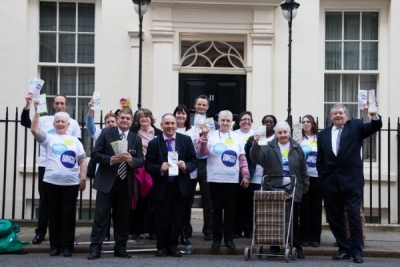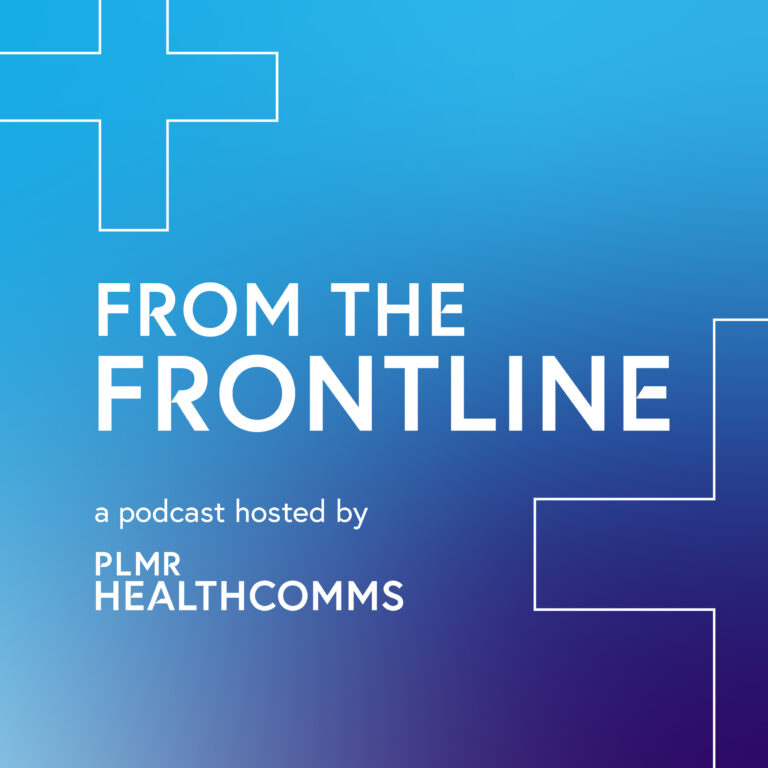Marching a procession of 200 excitable bingo customers and staff from one end of Westminster to the other to demonstrate the national support for the Boost Bingo campaign was a highlight of the past seven months. The campaign was calling on Government to reduce Bingo Duty from 20% to 15%, bringing the industry in line with most other forms of gambling.
That moment was only topped when the Chancellor praised the ‘vigorous campaign’ in his Budget speech and proclaimed:
“They want the rate cut to 15%, I can go further – bingo duty will be halved to 10%’”
It took a lot of work to get to that point. The phrase ‘integrated campaign’ is thrown around a lot in the industry these days, but The Budget delivered for bingo because of exactly that; a co-ordinated public relations and public affairs strategy, spearheaded by The Bingo Association, Ernst and Young (EY) and PLMR. For several years the industry had been successfully building relationships and understanding in Government, but decision makers hadn’t felt the depth and breadth of public support and affection for bingo.
The key to success in this campaign was therefore three-fold: making sure the voices of the more than 3.5 million regular bingo customers were heard in Westminster; engaging constituency MPs to become advocates, not just supporters of bingo and; putting together robust data to illustrate that a duty reduction would provide industry stimulus.
To mobilise bingo fans, The Bingo Association and PLMR brought together the entire industry to officially launch the Boost Bingo campaign on Friday 17th January, with special games of Bingo being played simultaneously across the country. The game cards doubled as petition slips and customers were encouraged to support their club and support the campaign. Over 50 MPs accepted an invitation to attend their local club to join customers and call the bingo numbers, and local and national media were briefed and joined in the fun.
The campaign was purposefully designed to be less of a demonstration, but more a celebration of the importance and national love of Bingo and this was fundamental to its success. Mobilising almost 400 clubs – and a strong social media presence – ensured substantial coverage across print and broadcast media. Bingo was in every major publication and all over TV and radio.
At the same time, The Bingo Association held meetings with MPs and Treasury officials making use of the robust modelling of the bingo industry produced by EY. This data was key. It allowed the campaign to communicate the industry’s commitment to investing in new premises, products and jobs if the prohibitive tax burden was removed, which would reverse the downward trends forced upon bingo by the punitive tax regime it was under. MPs we met were encouraged to visit their local clubs, join in Boost Bingo events and join the campaign themselves. Many wrote letters to the Treasury, published articles on their websites, tabled questions in the House, wrote EDMs and spoke to the media, ensuring that the voice of the bingo playing public was heard clearly throughout Westminster and beyond.
A third of a million petition signatures later and we were on the steps of Number 11 submitting the petition. We mobilised, they listened, and Osborne gave bingo the boost it deserved.





